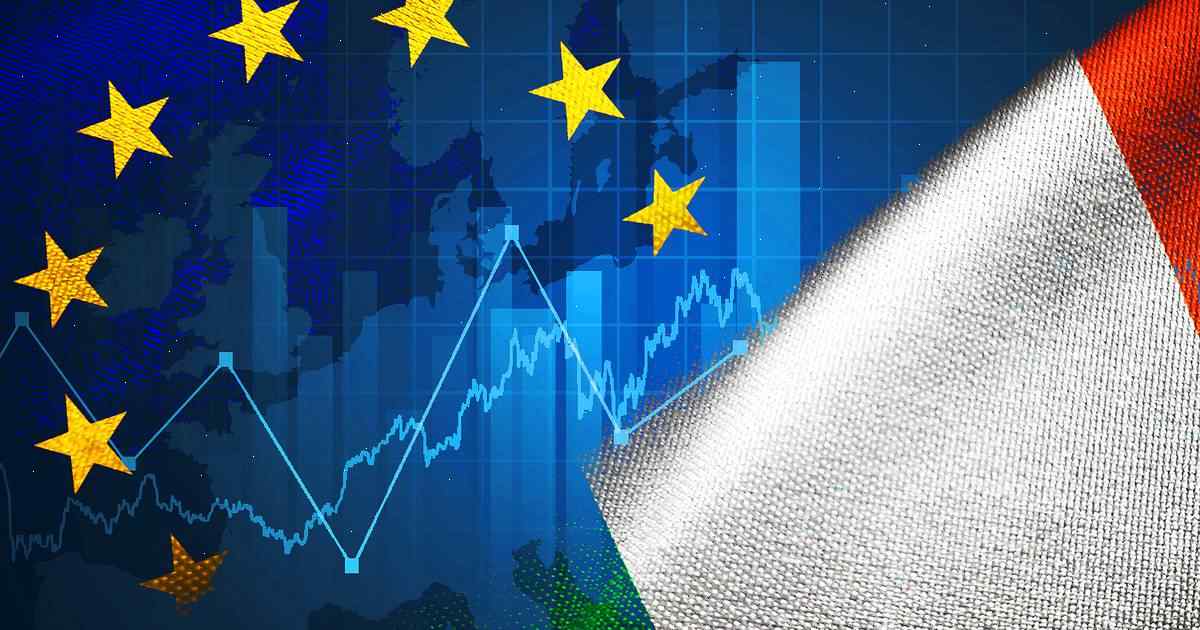Ireland has come a long way since the 1970s, transforming from an agricultural society to a thriving technological hub. In this article, we’ll explore how three key aspects of Irish life have evolved over five decades: house prices, earnings, and favorite cars. Our journey will take us through boom times and recessions, tracing the impact of global trends and domestic policies on the Emerald Isle’s growth. Fasten your seatbelts, as we dive into the fascinating story of Ireland’s changes.
House Prices: A Tale of Booms and Busts
The 1970s saw Ireland’s housing market take off, fueled by economic growth and population expansion. As shown in the first chart, house prices skyrocketed during the decade, increasing by nearly 300%. This upward trend continued until the early 1980s, when a sharp correction brought prices back down to earth. The 1990s witnessed another significant surge, followed by a plateau in the early 2000s. Then came the infamous Celtic Tiger era, which saw house prices reach stratospheric heights, peaking in 2006 with a whopping 500% increase compared to 1970 levels. The financial crisis of 2008 brought a swift end to the party, sending prices tumbling by almost 50% over the next few years.
In recent times, Ireland’s housing market has stabilized, albeit at much lower levels than before the crash. Government initiatives aimed at stimulating the construction sector and addressing affordability concerns have contributed to a modest recovery. However, challenges persist, such as high rents, homelessness, and a lingering supply-demand imbalance.
Earnings: A Journey Through Wage Stagnation and Globalization
As the Irish economy transformed, so did its workforce. The second chart illustrates how average weekly earnings have changed over time. During the 1970s, wages grew steadily, keeping pace with inflation. However, the following two decades saw a slowdown in wage growth, culminating in a period of stagnation in the late 1990s and early 2000s. This was partly due to Ireland’s entry into the European Union (EU), which led to increased competition from low-wage economies in Eastern Europe.
The Celtic Tiger era brought renewed prosperity, with earnings rising significantly until the pre-crisis peak in 2007. Unfortunately, the subsequent recession resulted in a sharp decline in wages, erasing many of the gains made during the boom years. Post-crash, Ireland’s economy rebounded, but wage growth remained sluggish, largely due to the country’s commitment to fiscal discipline within the EU.
Of late, there have been signs of improvement, with median hourly earnings finally exceeding their pre-crisis levels. Nevertheless, concerns about income inequality remain, particularly as top executives and those in certain sectors continue to enjoy substantial pay increases.
Cars: From Ford Cortinas to Teslas
What better symbolizes Ireland’s transformation than the evolution of its most popular cars? The third chart shows how consumer preferences have shifted over time. In the 1970s, the humble Ford Cortina ruled the roads, reflecting Ireland’s agricultural heritage and practical needs. As the country urbanized and wealth increased, car choices diversified, with Toyota, Volkswagen, and Opel becoming household names.
The Celtic Tiger era saw a surge in luxury car sales, mirroring the excesses of the time. Brands like Mercedes-Benz, BMW, and Audi flourished, as conspicuous consumption became a status symbol. When the bubble burst, the market corrected, and consumers returned to more modest options. Recently, there has been a growing interest in electric vehicles (EVs), prompted by government incentives and environmental awareness. Leading the charge are brands like Tesla, Nissan, and Hyundai, signaling a new era of eco-friendly

